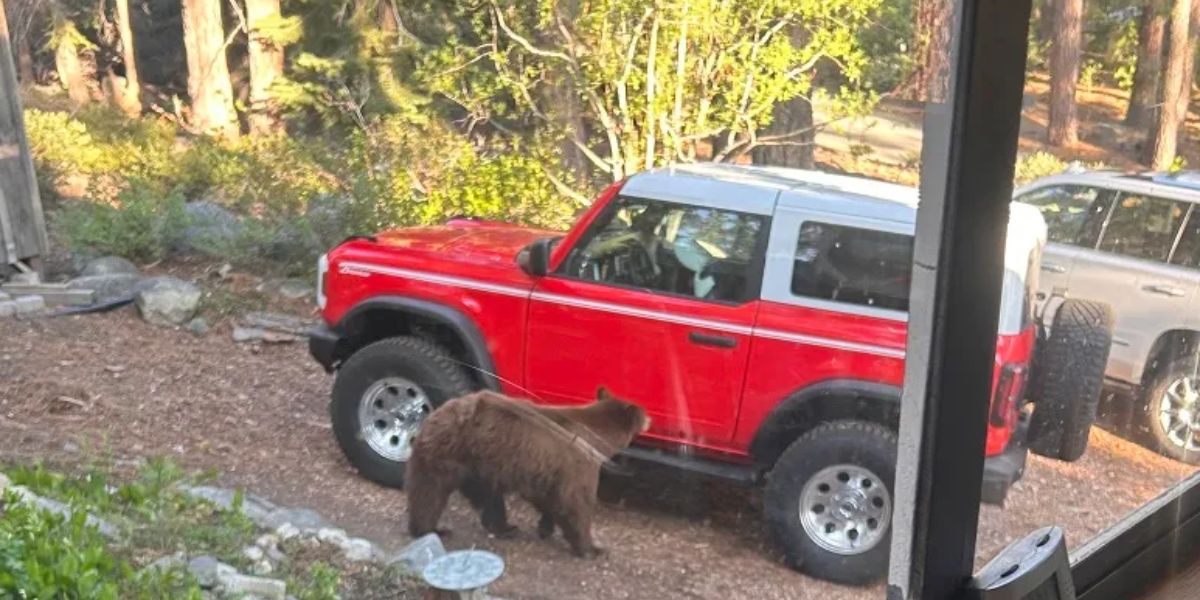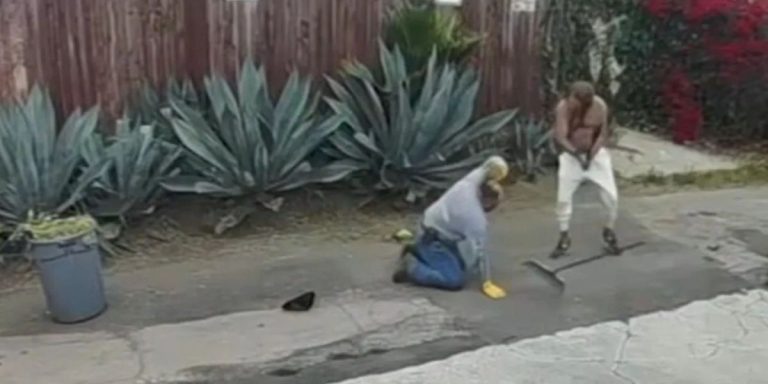A California black bear with a “long history of human conflict” was exterminated earlier this week after breaking into a trailer and swiping at a camper near Lake Tahoe, state wildlife officials confirmed.
The female camper was woken up around 4:30 a.m. PT on June 22 when a light-colored female bear broke into her trailer at Emerald Bay State Park in southwest Lake Tahoe, according to the California Department of Fish and Wildlife (CDFW). The camper tried to scare the bear away by slamming pots and pans and screaming at it.
“Undeterred, the bear forced its way into the trailer and swiped at the camper, leaving her with cuts and bruises on her arms and hand and requiring an escorted trip to the hospital,” according to a statement issued by state wildlife officials.
Later that morning, the bear broke open the door of a camper van with youngsters sleeping inside before harassing other campers at the same park, according to state wildlife officials. Following the camper attack, the bear was designated a public safety danger and was removed immediately.
The bear was tracked down near the campground where the incident occurred on June 23 and euthanized by a California State Parks ranger, state wildlife officials said. DNA testing proved that it was the same bear that attacked the campers.
“As wildlife professionals who dedicate our careers to the health and well-being of California’s fish and wildlife species, euthanasia is a last resort,” Morgan Kilgour, regional manager for CDFW’s North Central Region, said in a statement. “Our foremost responsibility, however, remains the protection of human life and the safety of the Tahoe region.”
‘Conflict behavior persisted’ despite efforts to haze out the bear.
The CDFW and California State Parks identified the bear as a “danger to public safety” in the south Lake Tahoe area, citing its history of breaking into residences and vehicles. Since the spring, the bear has been the subject of numerous 911 emergency calls and was associated with “unrelenting conflict activity,” according to state wildlife officials.
DNA evidence linked the bear to a number of previous occurrences and confrontations, including one on June 10 when it entered an inhabited vehicle at a campground with a youngster strapped to a safety seat, according to state wildlife officials.
The CDFW and California State Parks stated that wildlife officers had been attempting to trap the bear since June 17.
“The bear had been unresponsive to multiple attempts to haze it out of human-occupied areas,” according to state wildlife officials. “The bear had been aggressively hazed by four different agencies, including CDFW, State Parks and the U.S. Forest Service on at least seven different occasions, yet the conflict behavior persisted.”
State wildlife officials stated that the bear’s two cubs were seized and transported to a wildlife rehabilitation facility in Northern California in the hopes of being rehabilitated and released back into the wild.
“A mother bear that constantly searches human-occupied areas for unnatural food sources, breaks into homes and vehicles teaches this behavior to her cubs and perpetuates another generation of human-bear conflict,” according to Kilgour. “Removing these cubs from this conflict activity early in their lives gives them a chance that they can return to the wild and live as wild bears should.”











